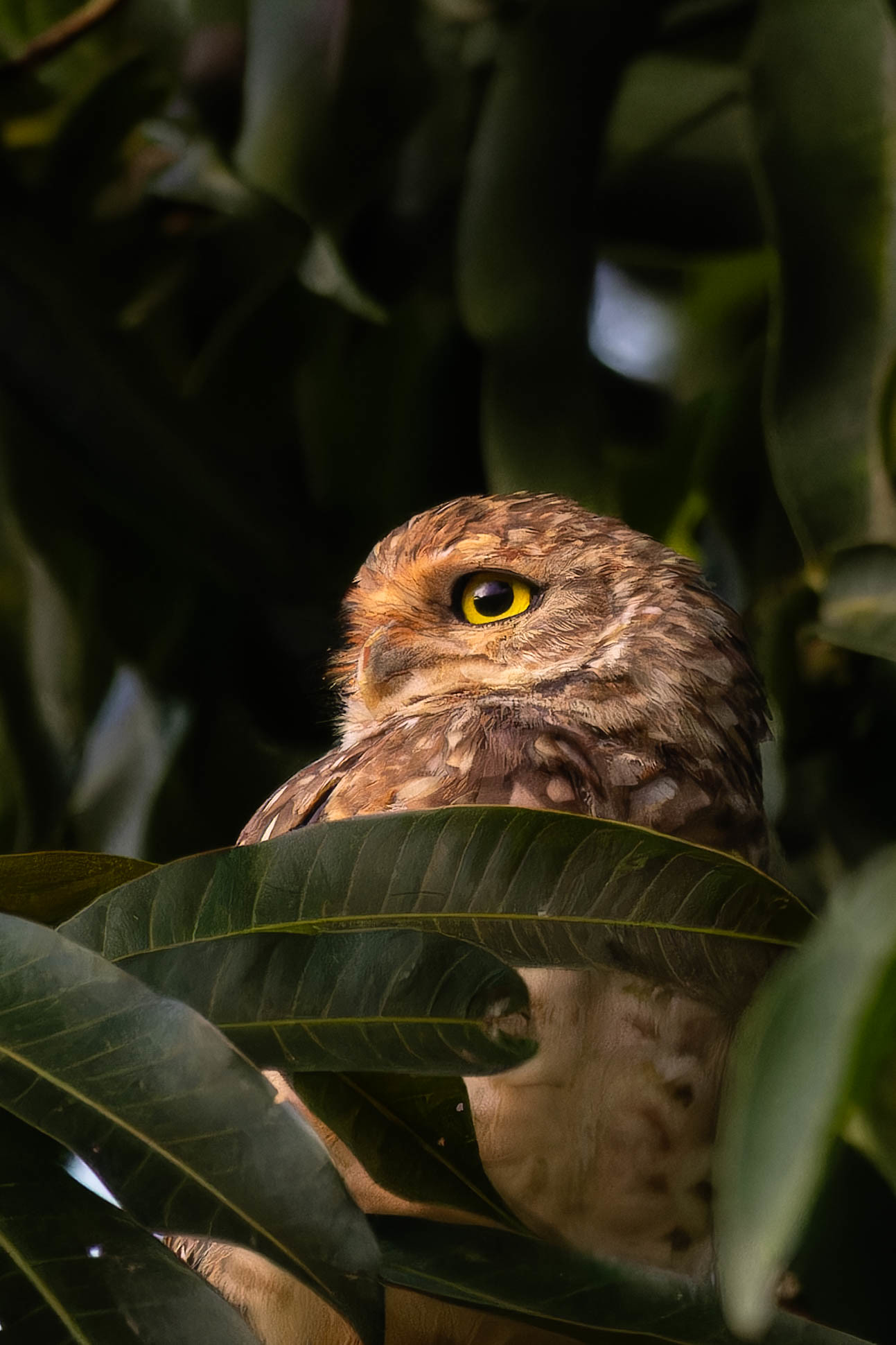@anon6798@lemmy.world is singlehandedly keeping this place alive so I thought I’d also participate and share a photo I took last month. This is a burrowing owl I photographed on the grounds of a hotel in Brasilia. A couple of these guys made their burrow in a little hole hill at the bottom of the garden and were seemingly unbothered by hotel guests that were walking past. I have a couple of other shots but this is my favourite. Thanks for all your superb owl posts anon6789!
All hail @anon6798@lemmy.world !
No, seriously, your owl posts ( and not only posting images, but always important context. Not just context copied from the source, mind you. ) are superb.
I’m always glad to hear it makes your day better.
You guys have done a bit of posting lately too, and that is always a good thank you to me. I want to see what you guys like as well. I’m always happy to chime in when you share something, especially a nice bit of original content like this post. I love us having things you can’t find anywhere else!
Aww, you’re too kind. I’m glad you got to see some of these adorable little ones in person!
I started doing it as a silly thing, but you all have made it so rewarding, and I look forward to hearing from you guys and seeing you have fun as a group every day. Especially now, it feels good to be constantly providing you with something positive every day.
I feel a bit cheesy promoting something about myself, but someone is working on a monthly best of Lemmy poll, and some people have tossed my name into it, so if you wish to vote for me, which I will consider as a vote for us, as that is less awkward to me, you got vote for SuperbOwl here.
Thank you again for you guys coming here every day and making this a fun place together!
Thanks for the heads up, I voted!
I was looking at your photo a few times and kept noticing how brown the face looked compared to the photos I normally see of Burrowing Owls, so I looked for a guide to subspecies.
It looks like one of the main subspecies of Brazil, A. c. grallaria, is known to have more brownish upper colorations. Here is the full description:
A. c. grallaria (Temminck, 1822). Includes A. c. beckeri (Cory, 1915). Resident across arid central and eastern Brazil [type locality = Faxina, São Paulo, Brazil]. Fairly large (wing>168 mm); dorsum dark with rufous wash; scapular spots small; ventrum dark, with buff wash on belly; chest band spotted; ventral bars rusty.
For the full guide, see here. It sounds like not much work has been done since many initial studies decades ago, but it’s a good starting point for seeing some of the regional distinctions.
Cool I did not know that, thank you for sharing! Brasilia is somewhat ‘central’ so this makes sense. Here’s a few more shots of the same couple.


I really like them with the tropical “tan.”
That golden yellow/brown on the leading edge of the wing of the first one is extra flashy. Love it!
I had one, but lost it. Couldn’t find it in any of the trees I checked.
I like you Stewart. You’re not like the other people, here, in the trailer park.
Jumpin’ Jesus on a pogo stick!
I’m glad you got my reference, thanks. Also I very much like your punctuation in that sentence. Perfectly captured the line.



